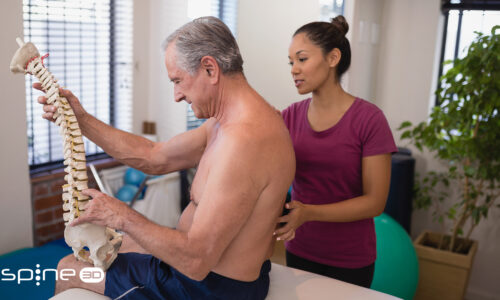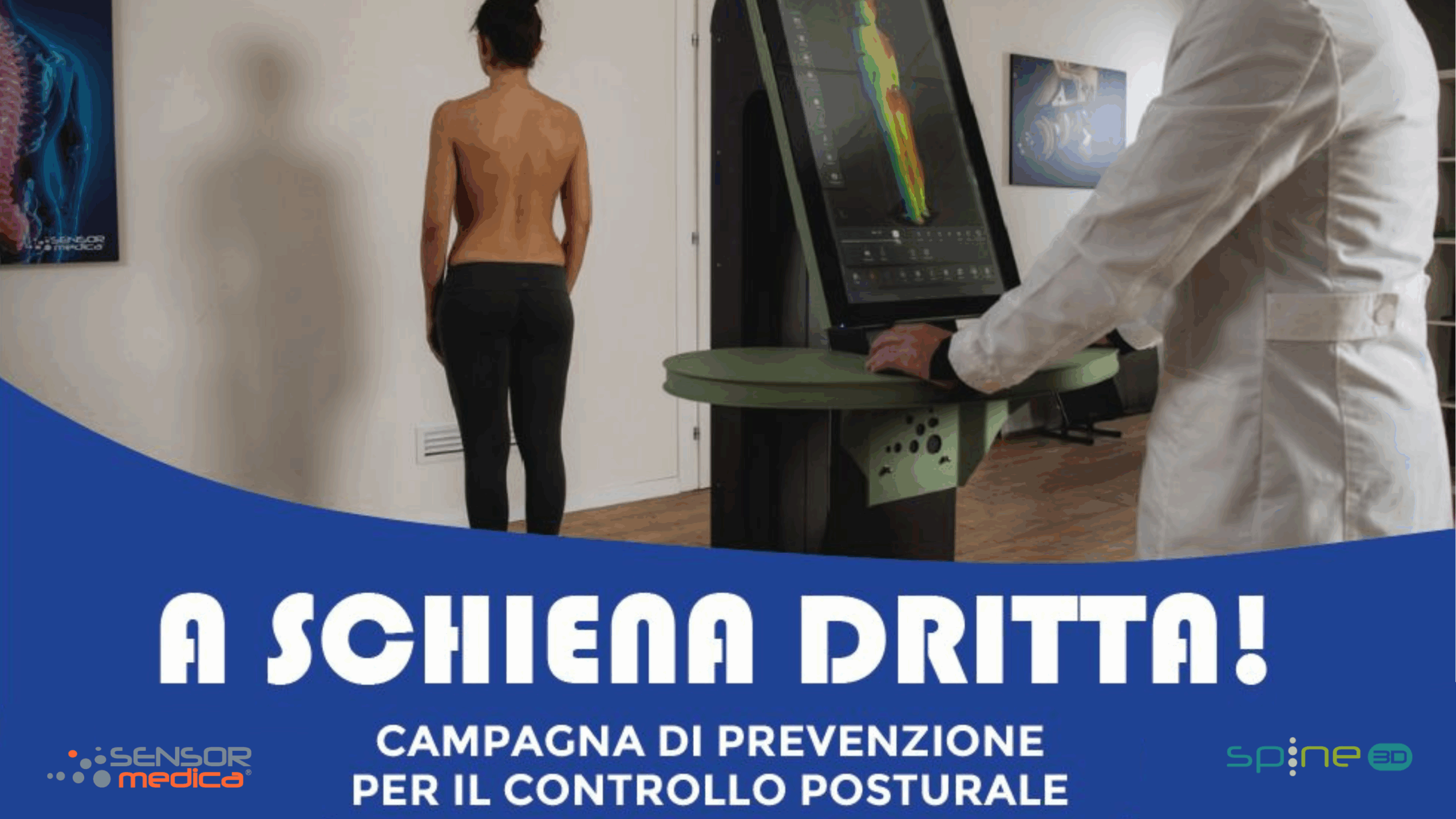
Running and back pain
- admin
- November 23, 2022
- Athlete, Posture
- Back pain, Buttocks, Check-up, Posture, Runners, Training
- 0 Comments
Running enthusiasts (but also occasional runners) have sooner or later come to terms with back pain, especially localised in the lower back. There are many reasons for this, which is why recognising the symptoms and identifying the triggering factors is crucial. Not only to find the right treatment, but also and above all to prevent it. All this, of course, with the help of specialised figures, not the harmful ‘do-it-yourself’. A physiotherapist will then be able to suggest – as needed – corrective exercises, stretches, soft tissue manipulation. But also massage or heat therapy, which is very useful for pain relief.
The second piece of advice is always not to ignore the pain for too long before scheduling a check-up. Because if we allow the pain to become chronic we will only accentuate the problems, with a series of (postural) compensations that, instead of solving the problem, will accentuate it.
Let’s find out what the main causes of back pain related to running are. We can summarise them in four points
INCORRECT POSTURE
Run well, to run longer (RUN BETTER RUN MORE). This is the motto of My Running Lab, and they know a thing or two about running. And running well also and above all means doing it in the right way, with the right posture during the entire training time. Running with relaxed shoulders, without stiffening, so that the spine can remain in as neutral a position as possible. Relaxation that also facilitates the joints and all those rotations to which we subject the body during running.

It is important to run without tilting the head too far forward so as not to generate additional pressure on the spinal column (resulting in pain that will manifest itself mainly in the lower back). No less important is the position of the foot. Those who run leaning outwards will certainly have more problems (physical, but also performance-related) than those who use the sole of the foot evenly. Also choose your running shoes carefully. Here, too, we suggest choosing following the advice of specialists. It sounds like a detail, but it is crucial.
TRAINING IS TOO INTENSE
Sudden changes in the training regime (increase in distance or increase in intensity) can certainly have consequences for our body, especially if we are not well trained and ready. The main rule is constancy and a gradual increase in workload. Excesses are not good for our body.

THE BUTTOCKS HAVE LITTLE STRENGTH
Lack of strength in the buttocks muscles can also easily lead to back pain. This is because the other muscles have to compensate and by doing so, the stability of the body as a whole is lost. It is therefore advisable to do specific exercises to strengthen these muscles. Consult a physiotherapist or an athletic trainer, of course.
TOO SEDENTARY A LIFE
Leading a sedentary life has its most obvious disadvantages (yes, the pain in the lower back) especially when we decide to do some exercise, perhaps a little running. Sitting for many hours has a specific effect on the hip flexors (makes them tighten) and the result is a forward tilt of the pelvis with consequent pull on the lower back. Not only an uncomfortable pain, but also less quality running, which must be corrected.






